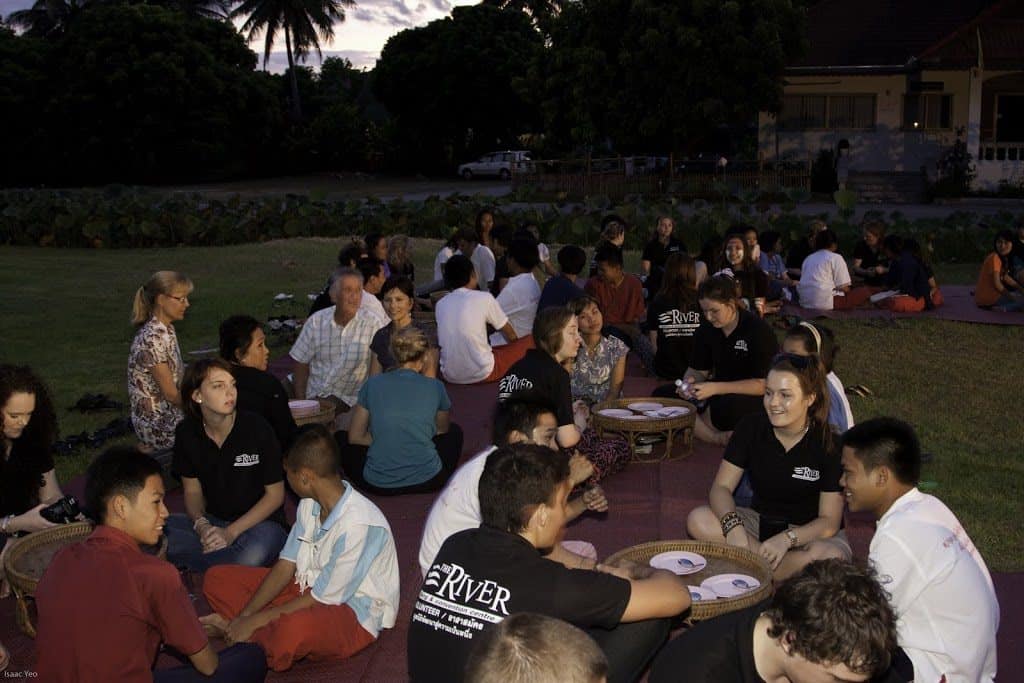The concept of cultural exchange has been a ubiquitous thread woven into the fabric of human history, spanning across centuries and civilizations. In the old days, this exchange was often dictated not just by curiosity but necessity and survival, paving the way for profound relationships among diverse peoples. As trade routes burgeoned and communities formed, the movement of individuals became a harbinger of cultural interplay, a phenomenon that was as illuminating as it was transformative.
Initially, it is crucial to acknowledge the role of geography in facilitating cultural exchanges. Ancient civilizations, residing along crucial trade conduits such as the Silk Road, encountered others with disparate lifestyles, beliefs, and practices. This geographic interconnectedness established a foundation on which cultures could not only meet but also meld. With the exchange of goods such as silk, spices, and precious metals came the inevitable transfer of ideas, languages, and traditions. Merchants and travelers often served as informal ambassadors, arriving in distant lands equipped not just with wares but with stories, music, and rituals that embodied their cultural essence.
In particular, the historical significance of the Silk Road cannot be overstated. This expansive network was not simply a path for commerce; it was a conduit for cultural dialogue. Through the exchange of art and philosophy, religions flourished. The seamless amalgamation of Buddhist teachings and local beliefs as Buddhism traveled from India to East Asia exemplifies how cultural exchange was a catalyst for spiritual enrichment. Differences were not merely tolerated; they were celebrated, leading to a richer tapestry of human experience.
Furthermore, the ancient Greeks and Romans showed an impressive appetite for cultural intermingling. Greek artisans and philosophers were well-known for their travels and the subsequent admiration of foreign customs and technologies. The Roman Empire, recognizing the utility of diverse cultural insights, assimilated aspects of conquered territories into its own societal structure. This mutual admiration and emulation fostered innovation, new artistic expressions, and unique architectural styles that can still be appreciated today.
However, the allure of cultural exchange often belies a more complex reality. At times, these exchanges were marred by power dynamics, where one culture imposed itself upon another, resulting in the erasure of local identities. The colonization that swept across the globe during the Age of Discovery came with a far-reaching impact on indigenous cultures. This led to the often-turbulent interactions that resulted in both hybrid cultures and the loss of traditional practices. This darker chapter serves as a poignant reminder that cultural exchange can harbor potential adversities when power inequalities become pronounced and unchecked.
To examine the reasons behind the fascination with cultural exchange in bygone eras, we must delve into the psychological and sociological aspects of human behavior. The innate human proclivity for storytelling has historically functioned as a bridge between disparate cultures. Fascination arises from the myriad narratives exchanged during interactions, each encapsulating unique experiences, wisdom, and humor. These narratives humanize the ‘other’ and dissolve the barriers of misunderstanding. Sharing food, customs, and festivities not only engenders camaraderie but also weaves an intricate web of connections that transcend mere acquaintance, fostering empathy and understanding among diverse groups.
Moreover, cultural exchange in its ancient form offered an existential thrill—an adventure fraught with uncertainties yet filled with potential for enlightenment. The very notion of stepping into another culture’s shoes provided individuals with insights that could not be gleaned from the confines of their own worldview. The ancient practice of pilgrimage, regarded as an endeavor for spiritual and personal growth, further underscores this pursuit of transcendence through cultural engagement. Pilgrims would traverse vast distances to encounter foreign lands and their diverse practices, returning home with transformative tales that enriched their own communities.
In addition to spiritual ennoblement, we cannot overlook the significant role of art in cultural exchange. Historical art forms, whether in the form of painting, music, or dance, have demonstrated the convergence of creative expressions across cultures. For instance, the infusion of African rhythms into jazz music presents a compelling tableau of cultural synthesis. This intersectionality in the arts not only chronicles the collaborative spirit among divergent societies but also stands testament to a collective human yearning for beauty that transcends cultural boundaries.
As we contemplate the rich tapestry of cultural exchanges of the past, we must also reflect on their implications in the contemporary age. Modern globalization has remarkably accelerated the pace of cultural intermingling. The world today, more interconnected than ever, reignites the ancient impetus for dialogue, understanding, and empathy. Technological advancements have played a pivotal role in facilitating exchanges through social media, travel, and international collaboration, thereby democratizing access to diverse cultures.
In conclusion, the phenomenon of cultural exchange in ancient times presents a fascinating study of human interaction that transcends simple exchanges of goods. By examining geography, art, human psychology, and the complexities of power relations, we garner insights into the reasons behind the enduring fascination with this subject. As individuals and societies continue to navigate cultural encounters in an increasingly globalized world, learning from the past becomes imperative. The lessons carved into history remind us of the enriching potential of cultural exchange—a reminder that in embracing diversity, we forge connections that honor our shared humanity.
